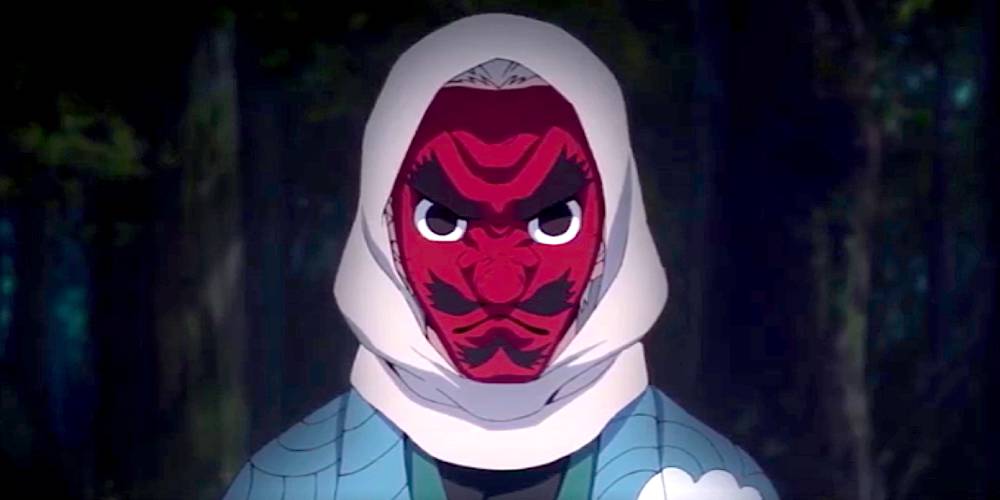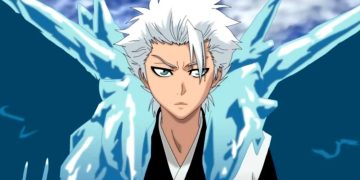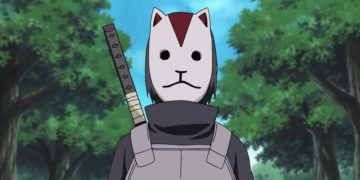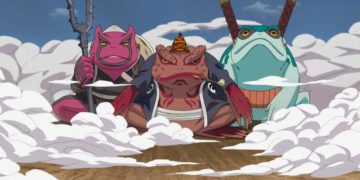The rich culture of Japan is full of myths, folklore, and urban legends—and just like Greek and Norse mythologies, it's an interesting topic for geeks to dive into and explore deeper.
You'll find tons of fascinating figures and creatures that were born, created, and derived from their beliefs and traditions that helped to provide answers to unexplainable occurrences.
The nation's mythology is a vast pool of unique ideas, which gave rise to all kinds of popular characters in modern media. Sometimes they're featured as-is, other times they're tweaked and twisted.
From harmless apparitions to demonic beings, here are some of the most common mythological Japanese creatures to know about.
10. Bake-Danuki
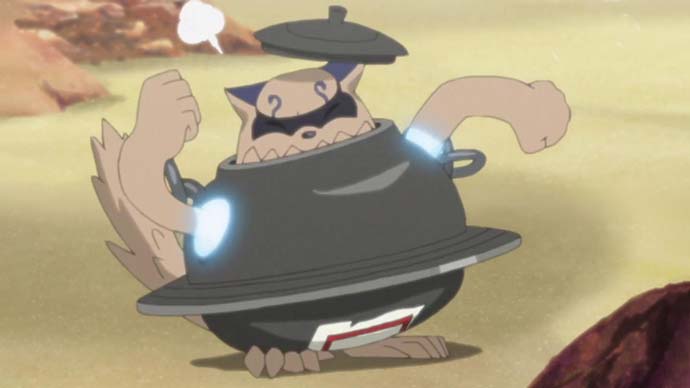
The bake-danuki is a shapeshifting yokai (supernatural spirit) that's known across many parts of Japan and was called by different names depending on the region.
It's commonly depicted, characterized, and associated with the real-life Japanese raccoon dog (tanuki) and it's often pictured as a big-bellied, four-legged creature that changes its shape to trick people.
In Naruto, the One-Tailed Beast named Shukaku is based on the tanuki, and the way he fires his wind bullet is similar to the widely known trait of the bake-danuki drumming its belly.
In Boruto: Naruto Next Generations, Shukaku is often seen in his sealed state in a tea kettle. This one is based on the legend that the bake-danuki takes the form of a kettle that never runs out of tea.
9. Kappa
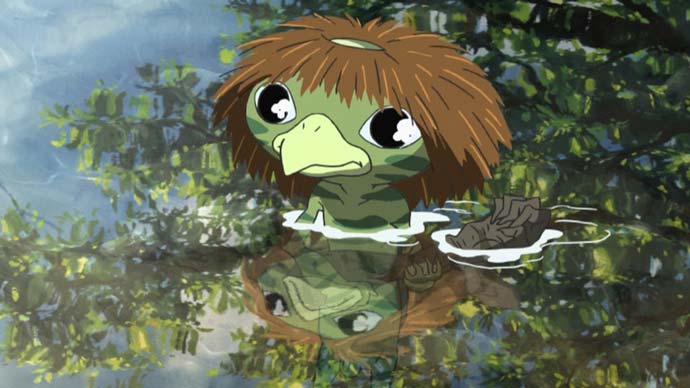
The kappa is a water yokai (supernatural spirit) said to be the cause of drownings in rivers and lakes, especially of children.
The most common feature of the kappa is the dish-like part above its head that's always filled with water. However, it's also their weakness as they can be subdued and rendered helpless if it's emptied.
It's said that the kappa is so polite that if you bow down to it out of respect, it will return the gesture—and spill its water from the dish.
Kappa is the central character in the film Summer Days With Coo, in which a family adopts a kappa and names it Coo. In Harry Potter, a kappa is featured and described as a Japanese water demon.
8. Yuki-Onna
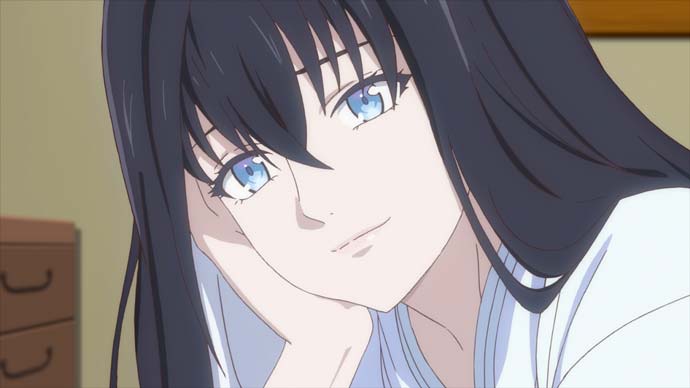
The yuki-onna (or "snow maiden") is an entity that appears in the middle of the night during heavy snow. Yuki-onna is a beautiful lady, but you wouldn't want to have her appear in front of you.
Some legends say that she's harmless, but others depict her as a kind of cold-blooded vampire that drains its victims of blood. Other stories say that she carries a child and asks you to hold them for her.
There are many ice-type characters derived from the yuki-onna. In Bungo Stray Dogs, Kyoka Izumi's "Demon Snow" ability is based on it.
In Yu Yu Hakusho, Yukina and Hiei are twins born to a race of ice maidens. However, because he's the only male and believed to be cursed, Hiei was cast out from their floating territory.
7. Oni
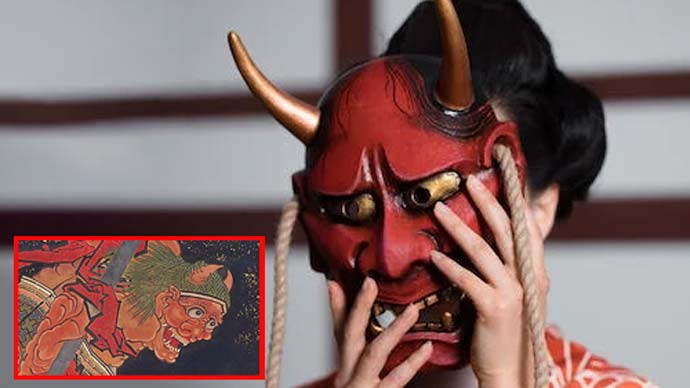
The oni is a hulking creature similar to orcs and ogres. Oftentimes, it's depicted as the Japanese counterpart to Western devils.
Oni are pictured as horned giants with either red or blue skin, carrying a toothed club and wearing nothing but a loincloth. They're terrifying not only for their size and features but also for their murderous and cannibalistic manners.
The oni is a popular Japanese character found in many forms of arts and literature, frequently appearing in plays portrayed by performers wearing oni masks (specifically the "hannya mask").
In the early parts of Dragon Ball, two oni helped Goku reach the Serpent Road again after some time-consuming competition.
6. Nue
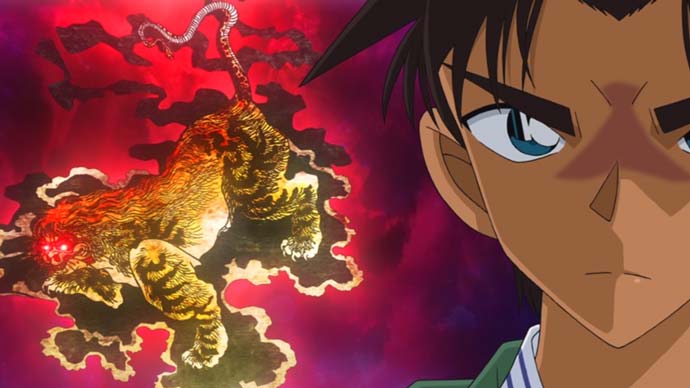
The mythical creature nue is the Japanese version of a chimera, which is said to have the body of a tanuki, the legs of a tiger, the head of a monkey, and a snake for its tail. Some writings differ on which animals are involved (e.g. the brush tail of a fox).
What makes this beast even stranger is that instead of a terrifying roar, it makes an eerie bird-like cry that's said to be a bad omen. It's also known for its shapeshifting ability that allows it to turn into a mass of dark clouds, which it uses to fly.
Because of its terrifying features, the nue is featured in many forms of media, including manga and anime. The most iconic one is Renji Abarai's Zanpakuto called Zabimaru in Bleach.
In the Case Closed anime episode titled "Conan and Heiji's Nue Legend," the murderer commits a killing spree and makes it look like the work of the legendary nue.
5. Nekomata
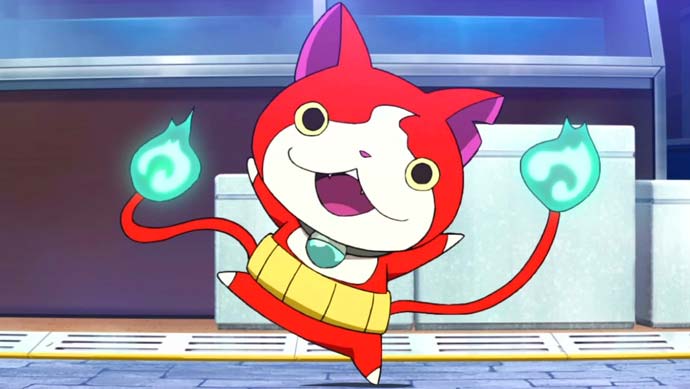
Of the many cat-based yokai (supernatural spirits), the nekomata is most popular. It's known for its iconic two tails, a characteristic that distinguishes nekomata from other cat yokai (like the bakeneko).
Then again, some legends say that the nekomata is a more powerful and more evil variation of the bakeneko. It's also believed that house cats will eventually turn into nekomata after living for many years.
Because the nekomata is the most famous cat monster in Japanese folklore, you'll find many characters and creatures based on this feline apparition, including Matatabi (the Two-Tailed Beast of Naruto) and Jibanyan (from Yokai Watch).
4. Tengu
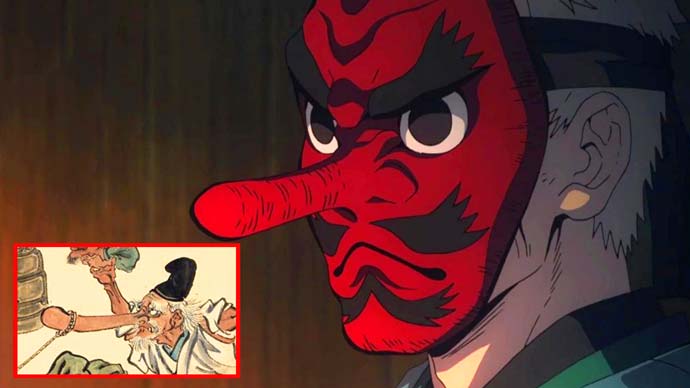
The tengu is a supernatural being, initially described as a bird-man—the body of a human with the beaks and wings of a bird. It's also been described as a winged man with a red face and long nose.
Regardless, contrary to its description, the name tengu actually translates as "heavenly dog"!
According to some, the tengu can also be categorized as daitengu (greater tengu) and kotengu (lesser tengu). Daitengu are known to have great knowledge while kotengu are said to be ignorant.
In some media, the tengu appears as a winged man, often mistaken for a "fallen angel" due to their black wings that resemble crows. Then we have Urokodaki from Demon Slayer, the master of both Tomioka and Tanjiro who's iconic for his tengu mask.
3. Seiryu
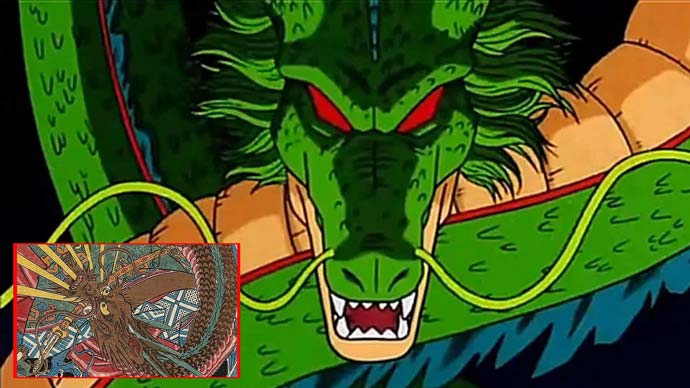
The seiryu is the Japanese version of China's Azure Dragon. Seiryu is easily distinguished from other classic dragons from other (Western) cultures with its long, serpentine, wingless body.
Dragons are important figures in the history, mythology, tradition, and culture of Japan. Seiryu is a prominent creature in many stories, so much so that it influenced the region's arts and architecture.
You'll find tons of seiryu in modern media, including Kaido (One Piece), Shenron (Dragon Ball Z), and Haku (Spirited Away).
2. Kitsune
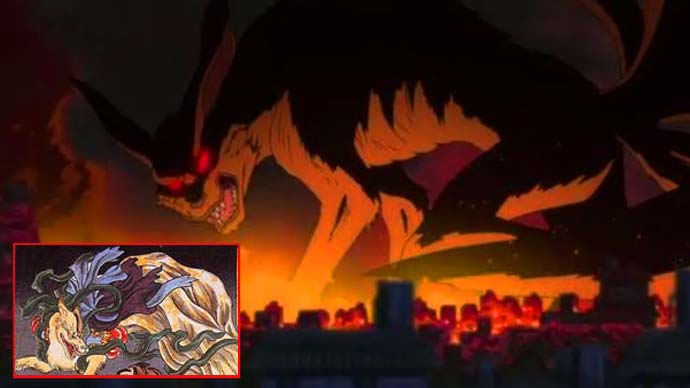
The kitsune (or fox spirit) is the most common Japanese mythological creature. Like the aforementioned bake-danuki, it's also a shapeshifter.
Kitsune are depicted in many ways, from loyal lovers to household guards, but the most common portrayal of the kitsune is as a spirit of mischief and vengeance who uses its shapeshifting ability to tempt and trick people (beyond mere pranks). It can take on the form of a beautiful woman to lure men to their deaths.
It's also said that these fox spirits grow more powerful and wiser when they have more tails. That's why Kurama the Nine-Tailed Beast from Naruto is the strongest of all the Tailed Beasts.
1. Shikigami
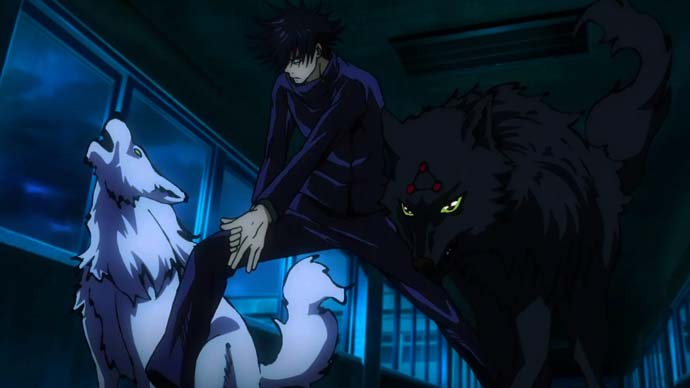
The term shikigami is prominent in many manga and anime. A shikigami (or shiki-no-kami) is a fantastical creature who's magically summoned or conjured to serve a master.
A shikigami shares its power with its master, whereas the master uses his/her spiritual force to conjure a shikigami. The more powerful the master, the more powerful the shikigami.
In popular media, we often see summoners use paper talismans with insignias and symbols. Others use their very own shadows.
There are many shikigami characters in anime and they usually aren't ghastly figures or apparitions. Popular examples include Megumi Fushiguro's Divine Dogs (Jujutsu Kaisen), Suzuka Dairenji's Model M3 Asura (Tokyo Ravens), and Kocho and Asuka (Inuyasha).
